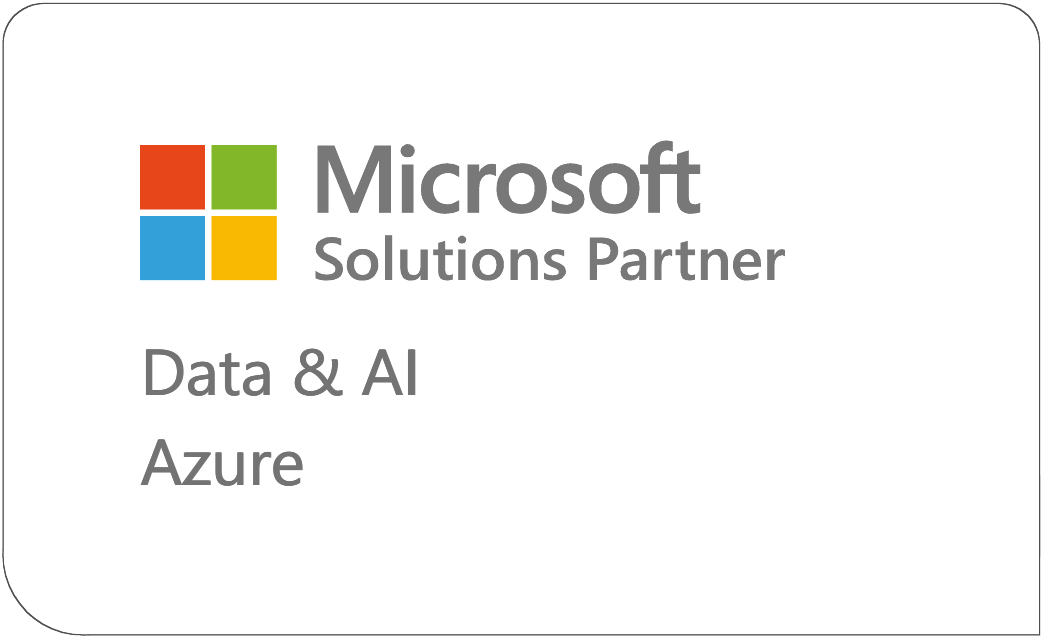Designing a strong Power BI Center of Excellence (CoE) is essential for any organization, but creating that foundation doesn’t happen overnight. To develop a reliable single source of truth, your Center of Excellence framework needs to be grounded in four central pillars that support everything your enterprise does with Power BI.
These pillars are essential to define and set the standards for how your enterprise uses your data. Without them, you can easily run into issues like low adoption rates, the Wild West of Reporting, or decreased data credibility.
Everything within your Power BI CoE relies on getting these four pillars dialed in first. From there, your enterprise’s data governance and management strategies are poised for success and ready for expansion. Here are the four pillars you need for a rock-solid Power BI Center of Excellence.
1. An Executive Sponsor and Champions
Enthusiastic leaders are essential to developing your Center of Excellence. Every project needs an executive sponsor. Your CoE gains credibility when it’s backed by an influential leader with an overarching vision.
An engaged sponsor plays a critical role in encouraging adoption and defining standards, driving the project from the top down. However, your executive sponsor can’t lead the charge alone—they need Power BI champions to bring their vision to fruition.
Power BI champions create teams that define reporting requirements and standards that fit the needs of their business unit. These champion teams come together and offer insights to develop fundamental elements of the Center of Excellence. Champions are also the first line of defense to answer questions, provide support, and drive adoption within their business unit.
2. Governed Standards and Policies
Power BI offers enterprises a robust single source of truth that houses all their company’s data. Naturally, certain reports and data are sensitive and not appropriate for everyone to access. Protecting the confidentiality and credibility of your data is the most important reason for developing and maintaining a Center of Excellence.
An enterprise’s CoE is responsible for maintaining the integrity of the single source of truth through documented standards and policies that align with the data governance strategy.
For example, the CoE takes ownership of defining role-level and report-level security standards, ensuring reports and dashboards are only visible to authorized users. A typical Center of Excellence often includes documentation on workflows, a measure dictionary, a reporting catalog, and more.
The CoE also manages tools like Power BI Sentinel, which audits reports, supports disaster recovery, and offers governance support. This powerful tool also tracks usage analytics to determine which reports deliver value within your organization and which ones can be retired.
Having one location for all data governance standards and policies makes it easier to onboard new employees, train employees, and update documentation as needed. With documentation available in one place, every user can hit the ground running and use Power BI in a way that aligns with your enterprise’s strategy and processes.
3. Well-Defined Reporting Processes
Policies and standards on how to use data are only the tip of the iceberg for an effective CoE. Ultimately, the power of Power BI is in creating reports and visualizing data. Well-defined Power BI reporting processes are integral to creating accurate, standardized reports across the enterprise.
The CoE is responsible for developing and continuously improving reporting processes. This involves determining what reports need to be built, creating the reports, reconciling the data, and testing reports.
Without these processes, it’s easy for self-service users to start creating excessive, inaccurate, or inconsistent reports that may not deliver meaningful insights. We call this the Wild West of Reporting.
Developing templates and documenting key reporting processes are critical to defining how employees use Power BI. Even a few critical processes around UAT testing, integrating data sources, or changing an existing report form a powerful foundation for your Power BI CoE framework.
4. Continuous Learning and Constant Engagement
The capabilities of Power BI are always expanding, offering new ways for end-users to use Power BI to its fullest potential. Communicating new features and offering training are important cornerstones to help self-service users across the enterprise gain expertise and develop more compelling, informative reports.
An effective CoE continuously presents new ways for end-users to become more comfortable using data to solve business problems and make faster, more informed decisions. Data strategy and analytics best practices evolve quickly, so developing data literacy within your organization calls for regular learning opportunities.
- Lunch-and-learns, group discussions, and training sessions empower employees to use enterprise data securely and effectively.
- Events are another great way to promote learning and engagement goals. The amount of virtual event options these days makes attending everything from hackathons to conferences easily accessible.
- And, of course, we can’t forget to mention one of our go-to places to share our expertise with Power BI enthusiasts…the Collective YouTube channel.
Establishing how to communicate Power BI updates and learning opportunities to users is an important element of your CoE model. But, communication and engagement aren’t a one-way street.
The CoE also defines where users should direct questions and which Champions will support them within their business unit.
Building a Solid Foundation for Your Power BI CoE
A rock-solid Power BI Center of Excellence is more than just a set of rules and processes. Ultimately, the most impactful CoEs are valuable resources for end-users, offering secure processes and helpful support while using Power BI.
A CoE is a foundational part of becoming a data-driven organization, and these four pillars define the most critical elements of your Center of Excellence framework.
Before developing these pillars, first you need an overarching vision to support your Power BI implementation. Our Power BI Visioning program helps define the purpose and drive behind getting started with Power BI. With a clearly defined vision established, our expert team helps you develop a Power BI Center of Excellence that aligns with your vision and creates workability within your enterprise.



























